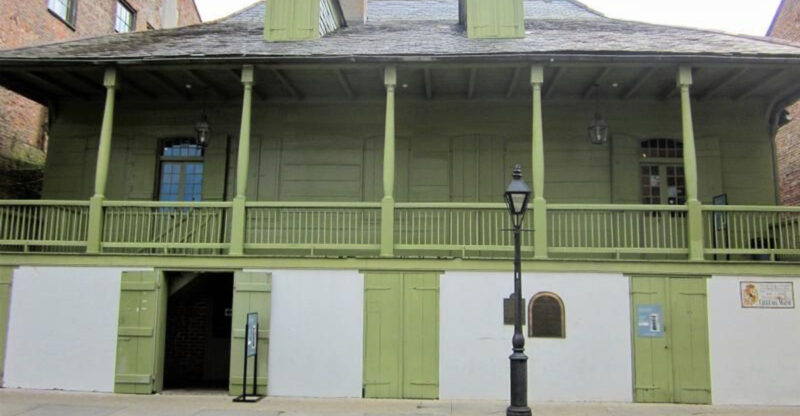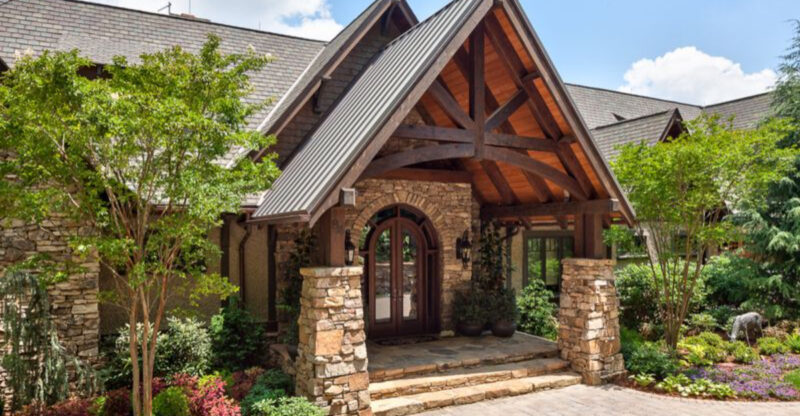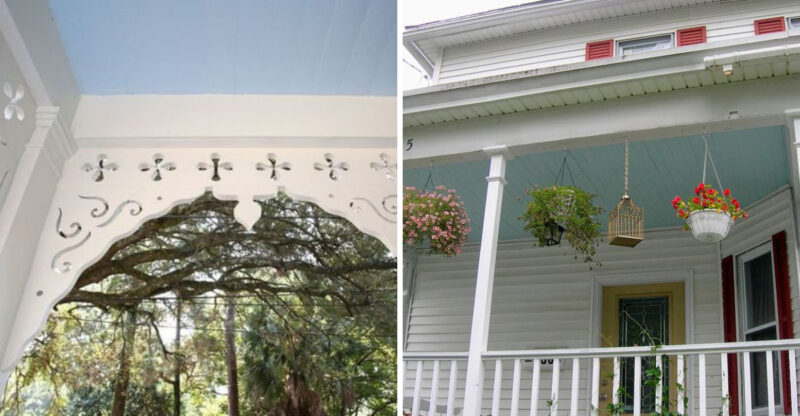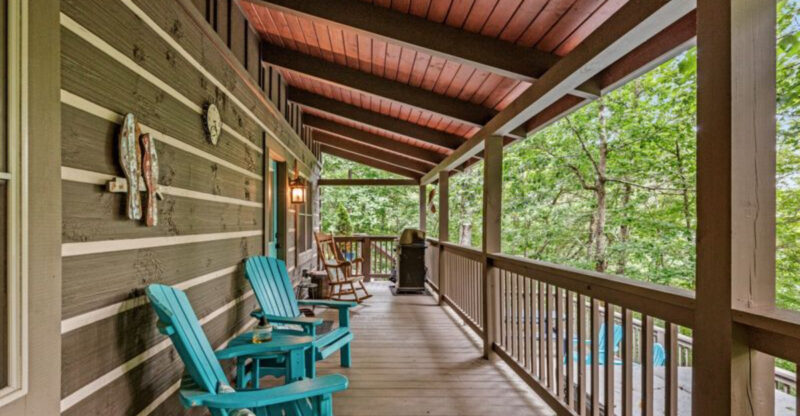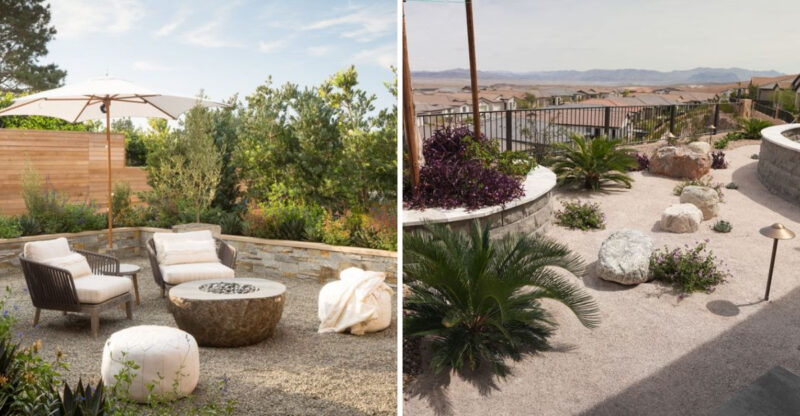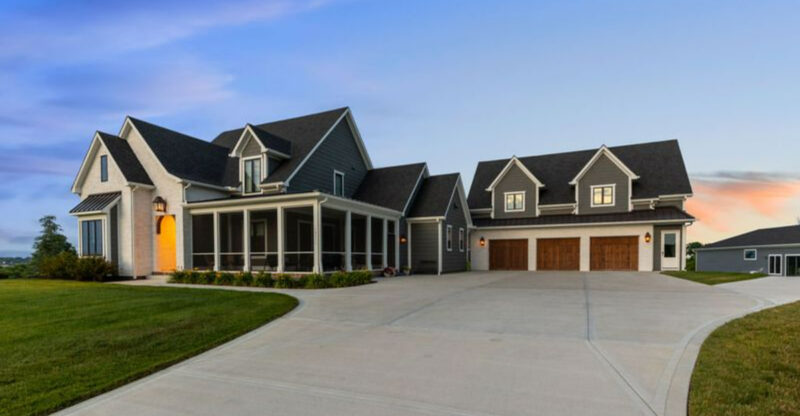9 Timeless Exterior Looks Inspired By Silver Spring’s Historic Neighborhoods
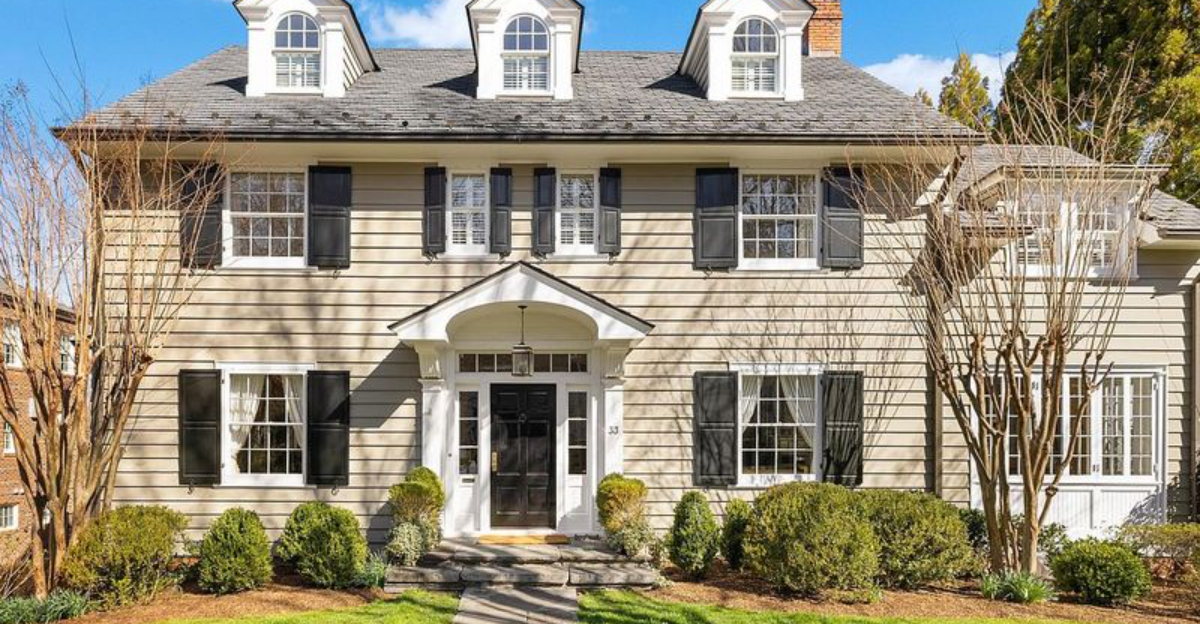
Silver Spring’s historic neighborhoods showcase some of the most beautiful home exteriors in Maryland.
Walking through areas like Woodside Park or Woodmoor feels like stepping back in time, with architectural details that have stood the test of decades.
These classic design elements continue to inspire homeowners today who want to capture that perfect blend of elegance and charm for their own properties.
1. Brick Colonial Facades
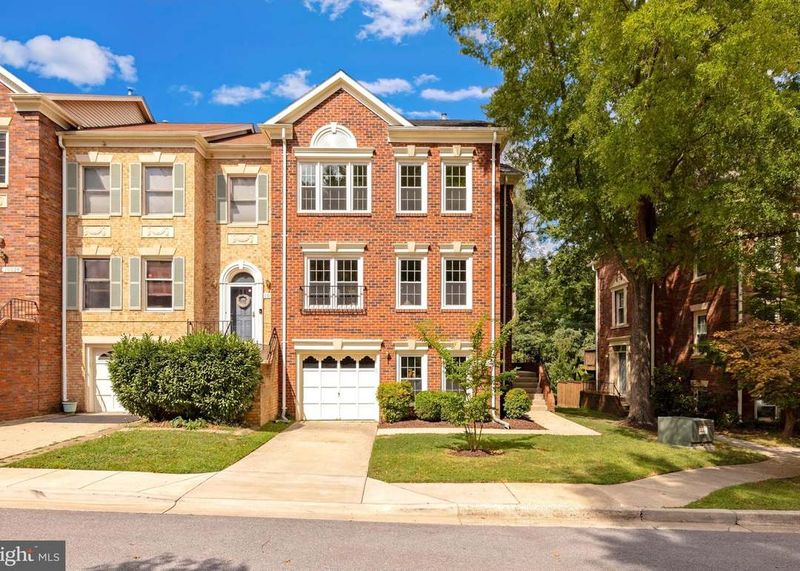
Nothing says “timeless Maryland” quite like a red brick colonial facade. These sturdy exteriors have graced Silver Spring’s landscape since the early 1900s, particularly in neighborhoods like Woodside and Seven Oaks.
The rich, earthy tones of traditional clay bricks weather beautifully over time, developing a character that new materials simply can’t replicate. Many homeowners maintain the original mortar patterns, with some opting for the distinctive Flemish bond pattern where alternating bricks are turned to show their ends.
For a truly authentic look, consider salvaged bricks from the region that carry the same clay composition as those used in historic Silver Spring homes. This attention to detail makes all the difference in achieving that genuine colonial charm.
2. Painted Shingle Siding
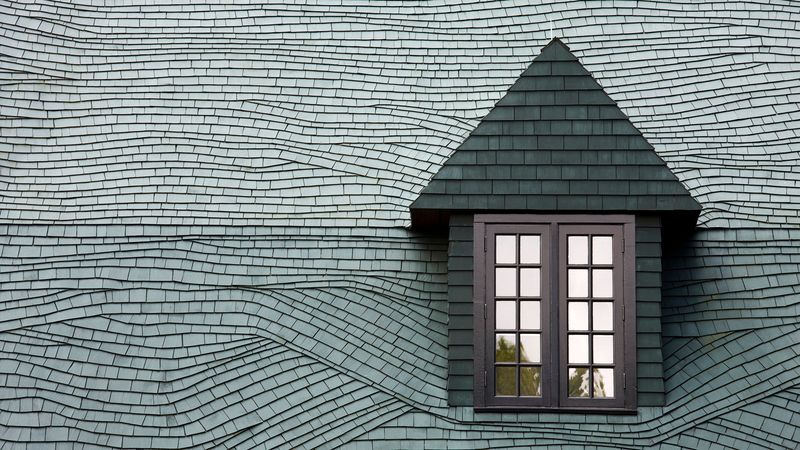
Strolling through Silver Spring’s Woodmoor neighborhood reveals charming homes adorned with painted wood shingles in soft, heritage colors. This distinctive siding style creates visual interest through texture while maintaining an elegant, cohesive appearance.
Homeowners often select historically accurate colors like sage green, colonial blue, or warm cream that complement Maryland’s seasonal landscapes. The overlapping pattern of cedar shingles not only provides excellent weather protection but also casts subtle shadows that add dimension to the home’s exterior.
When properly maintained with quality paint and regular care, shingle siding can last generations while developing a beautiful patina. Many Silver Spring residents embrace this look for its ability to bridge traditional craftsmanship with timeless curb appeal.
3. Classic White Trim
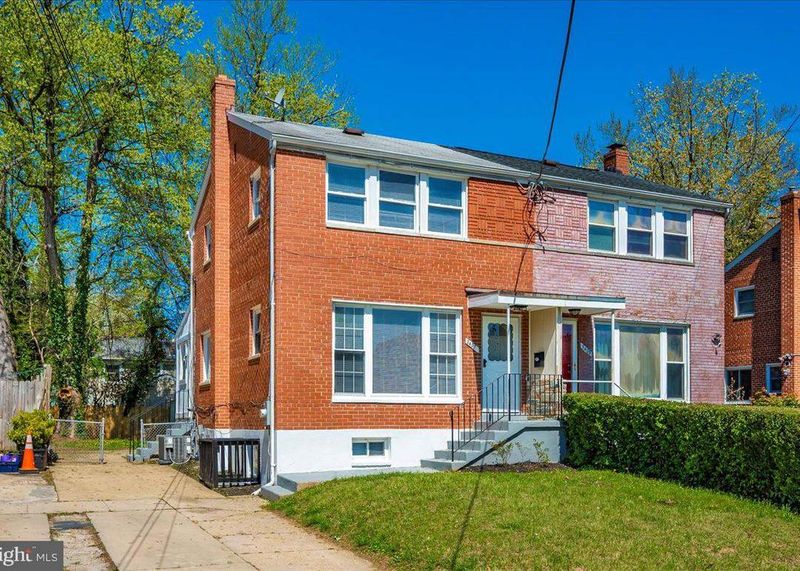
White trim stands as the defining accent that frames Silver Spring’s most elegant historic homes. This crisp detailing creates striking contrast against darker siding materials, drawing the eye to architectural features that might otherwise go unnoticed.
In neighborhoods like Sligo Park Hills, you’ll spot pristine white trim highlighting window casings, corner boards, soffits, and fascia boards. The effect is both sophisticated and welcoming. Many homeowners maintain the tradition of using high-gloss white paint, which not only looks polished but also repels moisture better than flatter finishes.
If you’re renovating a historic property, matching the original trim profiles is worth the extra effort. Those clean lines and thoughtful proportions contribute significantly to the authentic character that makes Silver Spring’s historic districts so appealing.
4. Slate Roof Accents
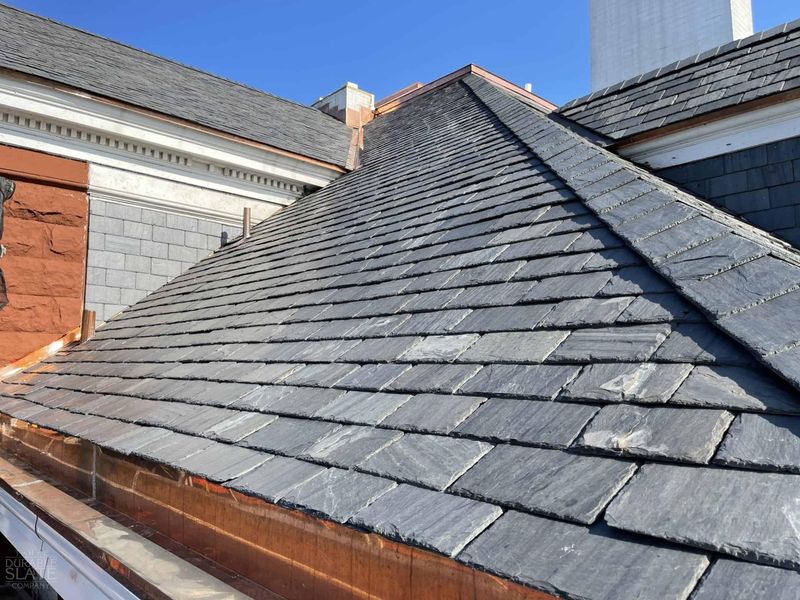
Wandering through Silver Spring’s Forest Glen neighborhood, your eyes might be drawn upward to the distinctive slate roofs that crown many historic homes. These natural stone tiles, varying in subtle shades of gray, blue, and purple, create a dimensional roofline that no modern material can truly replicate.
Original slate roofs from the early 20th century demonstrate remarkable longevity, with many still protecting homes after 100+ years of Maryland’s varied weather. The distinctive texture and color variations come from the natural formation of the stone, making each roof uniquely beautiful.
Though initially more expensive than asphalt alternatives, a properly installed slate roof offers unmatched durability and increases home value. Many Silver Spring homeowners consider these roofs the crowning jewel of authentic historic restoration.
5. Multi-Pane Double-Hung Windows
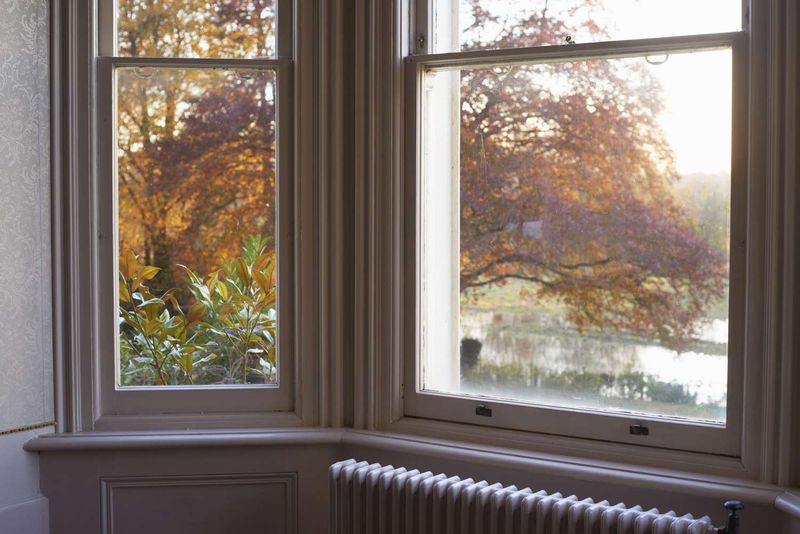
If walls could talk, the multi-pane windows of Silver Spring’s historic homes would tell stories spanning generations. These characteristic windows, featuring six-over-six or nine-over-nine grid patterns, flood interiors with light while maintaining authentic period charm.
Walking through the Capitol View Park historic district, you’ll notice how these windows create rhythm and balance across facades. The delicate muntins (the dividers between individual panes) cast lovely shadows throughout the day, changing the home’s appearance with the sun’s movement. Many original windows feature wavy glass that subtly distorts reflections a charming imperfection impossible to replicate with modern manufacturing.
Homeowners restoring these windows discover they’re actually designed for longevity, with individual components that can be repaired rather than requiring complete replacement when damaged.
6. Front Porches with Pillars
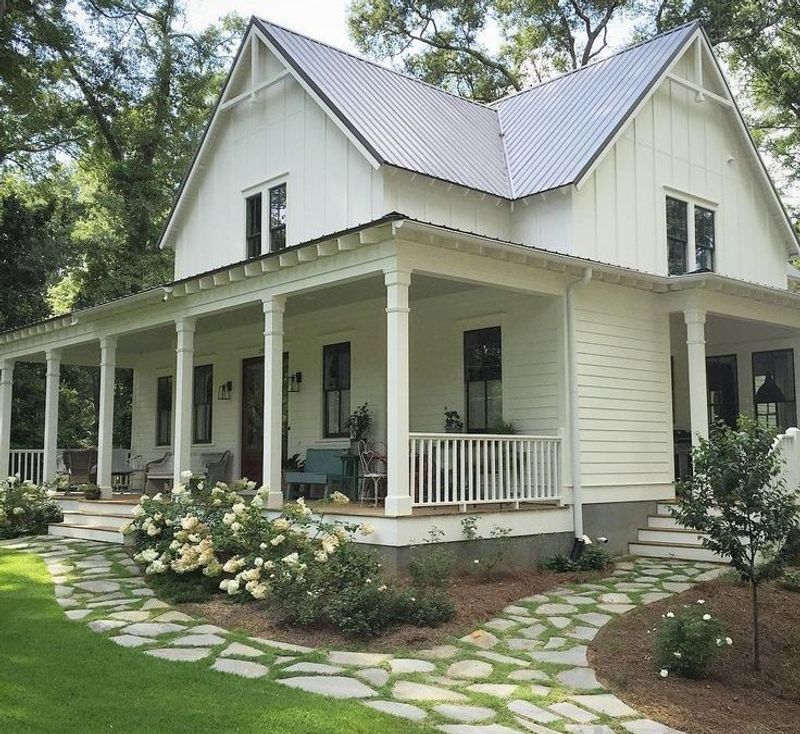
Gracious front porches anchored by stately pillars create inviting transitions between public and private spaces in Silver Spring’s oldest neighborhoods. These architectural features serve as both practical shelter and social gathering spots, particularly in communities like Takoma Park where porch culture remains strong.
The pillars themselves range from simple Doric columns to more elaborate Corinthian styles, often reflecting the original construction era of the home. Many homeowners maintain the tradition of painting porch ceilings a soft blue-green shade called “haint blue” a practice with roots in Southern folklore said to ward off evil spirits.
Beyond their aesthetic appeal, these porches connect homes to their surroundings, creating semi-private spaces where neighbors can chat and community bonds form. They represent an architectural element that enhances both the home’s appearance and the neighborhood’s social fabric.
7. Symmetrical Window Placement
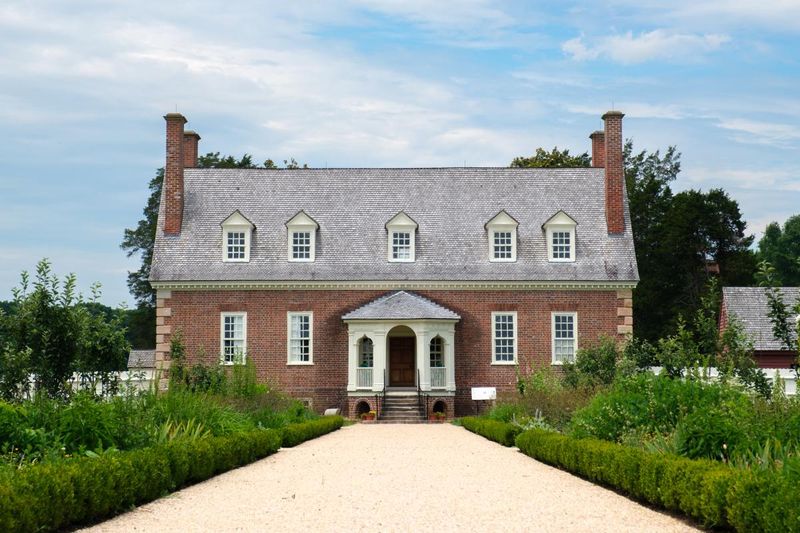
Balance and harmony define the facades of Silver Spring’s most elegant historic homes, largely thanks to perfectly symmetrical window placement. This deliberate design choice creates a sense of order that’s instantly recognizable as you drive through neighborhoods like Woodside Park.
The classic arrangement typically features matching windows flanking a centered front door, with second-story windows aligned directly above. This balanced approach draws from Georgian and Federal architectural traditions that valued mathematical precision and visual equilibrium.
Did you know this symmetry wasn’t just about looks? Early American builders used these principles to create homes that felt stable and permanent during uncertain times. Today, this window arrangement continues to convey a sense of timelessness that newer architectural styles often lack, making it a sought-after feature for homeowners wanting to capture authentic historic character.
8. Dormer Windows
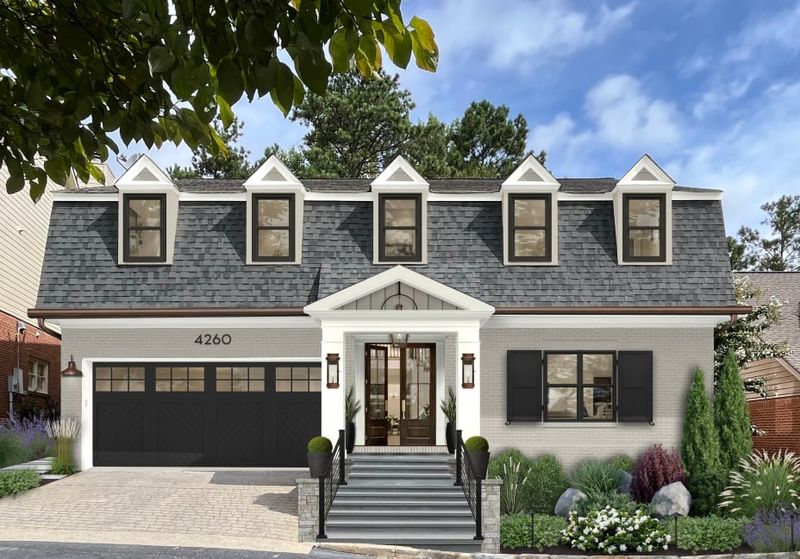
Peeking out from sloped rooflines, dormer windows add character and dimension to many of Silver Spring’s most beloved historic homes. These charming architectural elements transform attic spaces into usable rooms while creating visual interest that breaks up expansive roof surfaces.
In neighborhoods like Woodmoor, you’ll spot various dormer styles from gabled to shed to eyebrow designs – each adding its own distinctive personality to the home. Beyond their aesthetic appeal, dormers serve practical purposes by improving attic ventilation and flooding upper floors with natural light.
Many Silver Spring homeowners have preserved original dormer details like copper flashing, decorative trim, and divided-light windows. These thoughtful touches demonstrate the craftsmanship that went into these homes decades ago. When properly maintained, dormers become focal points that enhance curb appeal while honoring the architectural integrity of these historic treasures.
9. Black Shutter Accents
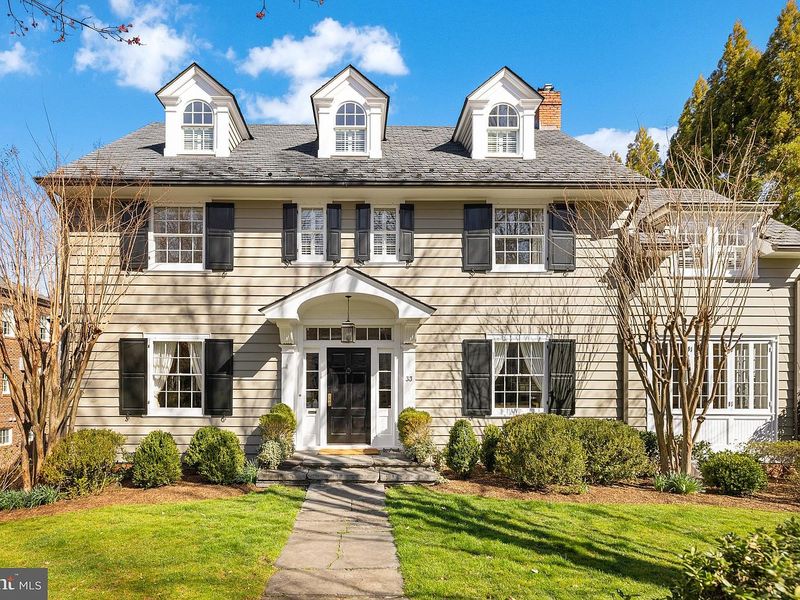
Those distinctive black shutters flanking windows throughout Silver Spring’s historic districts aren’t just decorative afterthoughts they’re authentic elements with practical origins. Originally designed to protect windows from harsh weather and provide security, these shutters now serve as striking accents that frame windows and add architectural definition.
In neighborhoods like Sligo Park, you’ll notice how the high-contrast look of black shutters against lighter facades creates visual punch and dimension. The most historically accurate versions include operable hardware like pintel hinges and shutter dogs that allow them to close properly.
Homeowners seeking authenticity choose shutters sized appropriately to actually cover the entire window when closed a detail often overlooked in modern interpretations. This thoughtful sizing, along with traditional louvered or paneled designs, maintains the historical integrity that makes Silver Spring’s architecture so distinctive.

